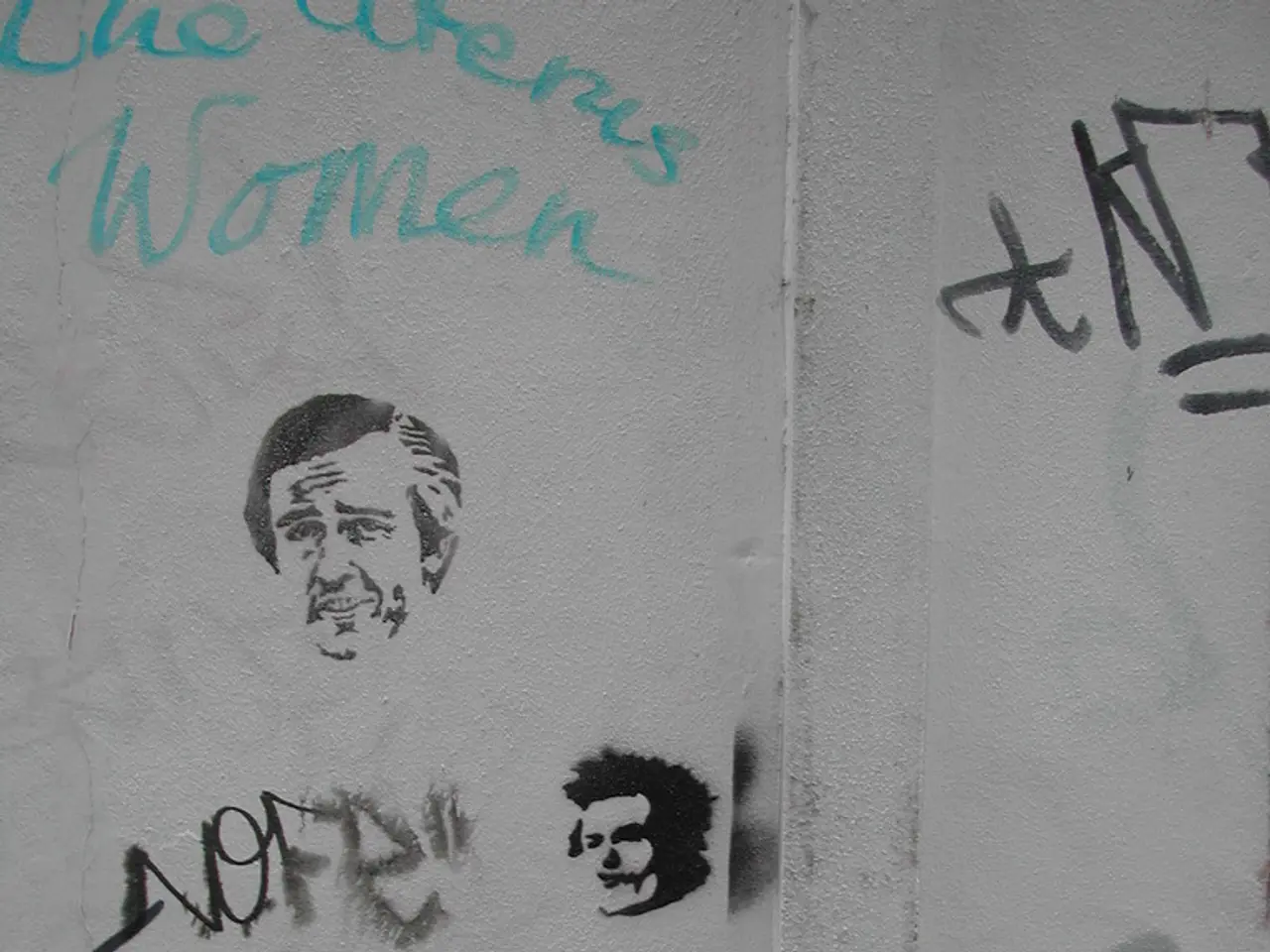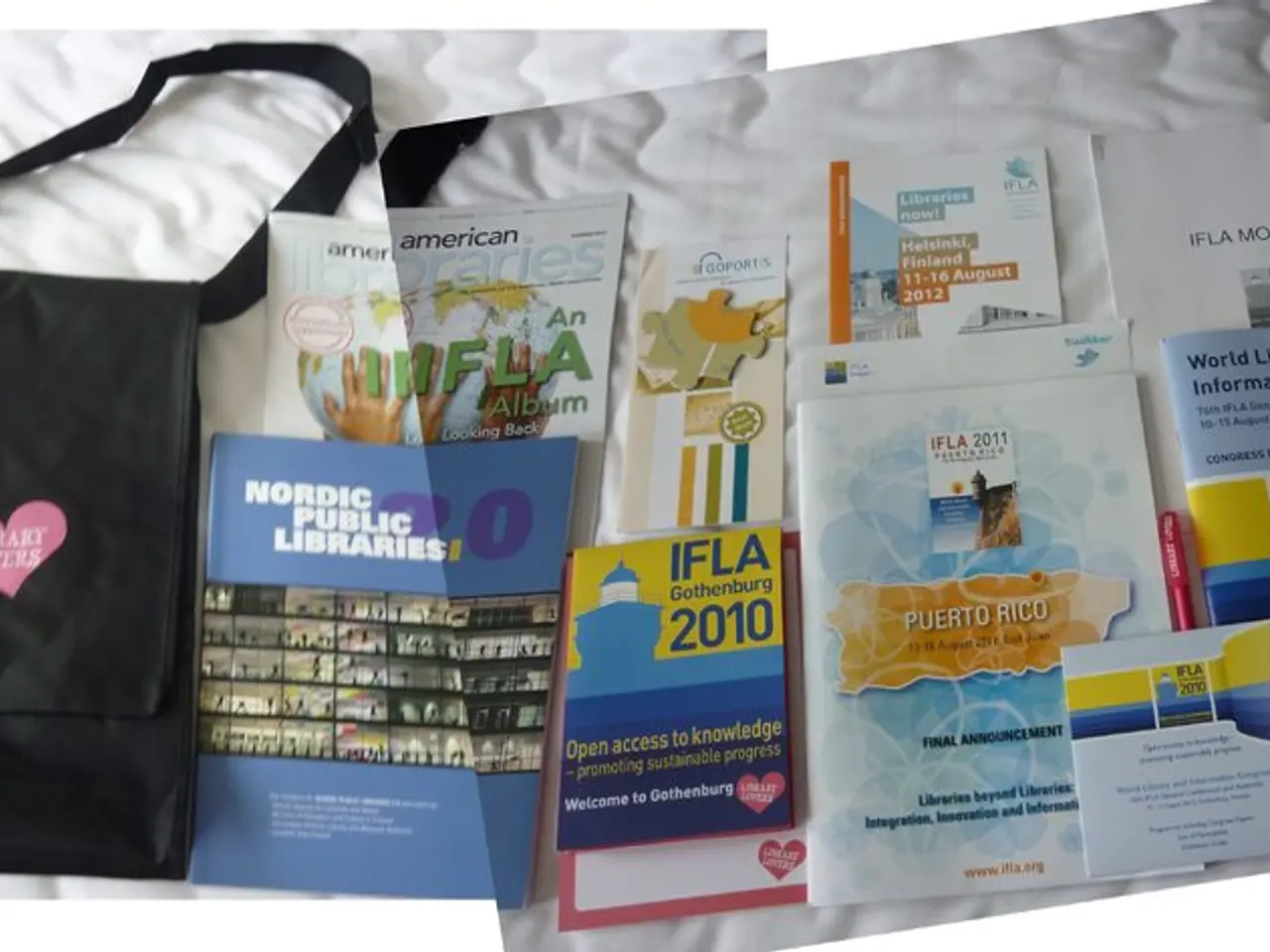Trump is contemplating a 39% tariff imposition on Switzerland.
Swiss President Karin Keller-Sutter and Vice President of the Federal Council Guy Parmelin are heading to Washington to address concerns about a potential 39% tariff on Swiss exports to the United States.
The threat comes from US President Donald Trump, who argues that Switzerland has a substantial trade surplus with the US, leading to a significant U.S. trade deficit. Trump believes that Swiss companies are exploiting the U.S. market by enjoying extensive access while restricting U.S. access to theirs.
The tariff rate of 39% is significantly higher than the European Union’s typical 15% rate and is intended to pressure Switzerland to address the trade imbalance. The 48 billion euro trade deficit with Switzerland is used as the numeric basis to justify the tariff level.
The tariff for Switzerland would be one of the highest worldwide, comparable to Syria (41%), Myanmar, and Laos (each 40%). The proposed tariff is a punitive measure tied directly to Switzerland’s large and persistent trade surplus with the U.S.
Last year, the US trade deficit with Switzerland was $38.5 billion. Switzerland is a major player in the gold refining sector, which disproportionately affects trade statistics and the tariff rationale.
Switzerland had made concessions like dropping tariffs on most U.S. imports to show goodwill, but negotiations failed to produce a reciprocal deal similar to those Switzerland has with the EU, Japan, or the UK. Trump’s tariff move fits into his wider "reciprocal tariff" strategy aimed at revising trade relations perceived as imbalanced, especially with countries the U.S. runs large deficits against.
Details of the proposals made by Switzerland were not disclosed. The EU eventually accepted a tariff of 15% after Trump scrapped the initial deal. Norway, another European non-EU country, has to pay a tariff rate of 15% despite no agreement with the US. Britain has negotiated a tariff rate of 10% for most of its exports to the US.
A new tariff hammer list is to be presented by Trump, with a delayed start from August 7. The tariff for Switzerland, currently at 39%, has no economic basis but a symbolic and political meaning. The tariff for Switzerland, initially agreed upon to be 10%, was considered too low by Donald Trump.
Trump has threatened a tariff of 30% for the EU after his negotiators agreed on a tariff of 10% with EU representatives. The "Liberation Day" tariff calculation method was used for the current tariff calculation for Switzerland.
As the Swiss delegation heads to Washington, they aim to make Switzerland's offer more attractive to the United States and reduce the height of additional duties for Swiss exports. The outcome of these negotiations will have significant implications for the Swiss economy and trade relations with the U.S.
- The Swiss community and employment policies, in light of the trade tensions with the United States, may need to be reevaluated to address the persistent trade surplus and potential tariffs imposed by President Trump.
- The ongoing politics and policy-and-legislation discussions regarding the U.S.-Swiss trade relationship are not limited to tariffs but also extend to general news about trade balances, economic implications, and efforts to reach reciprocal trade agreements.





